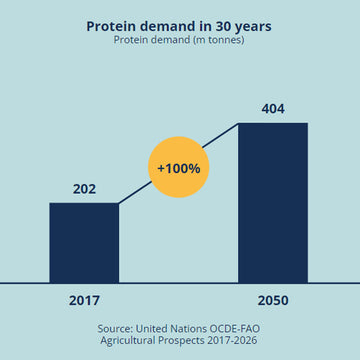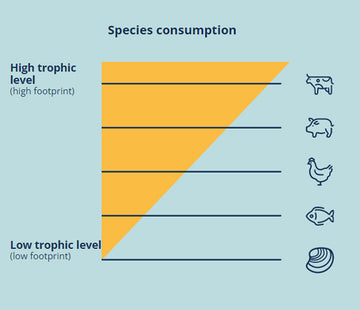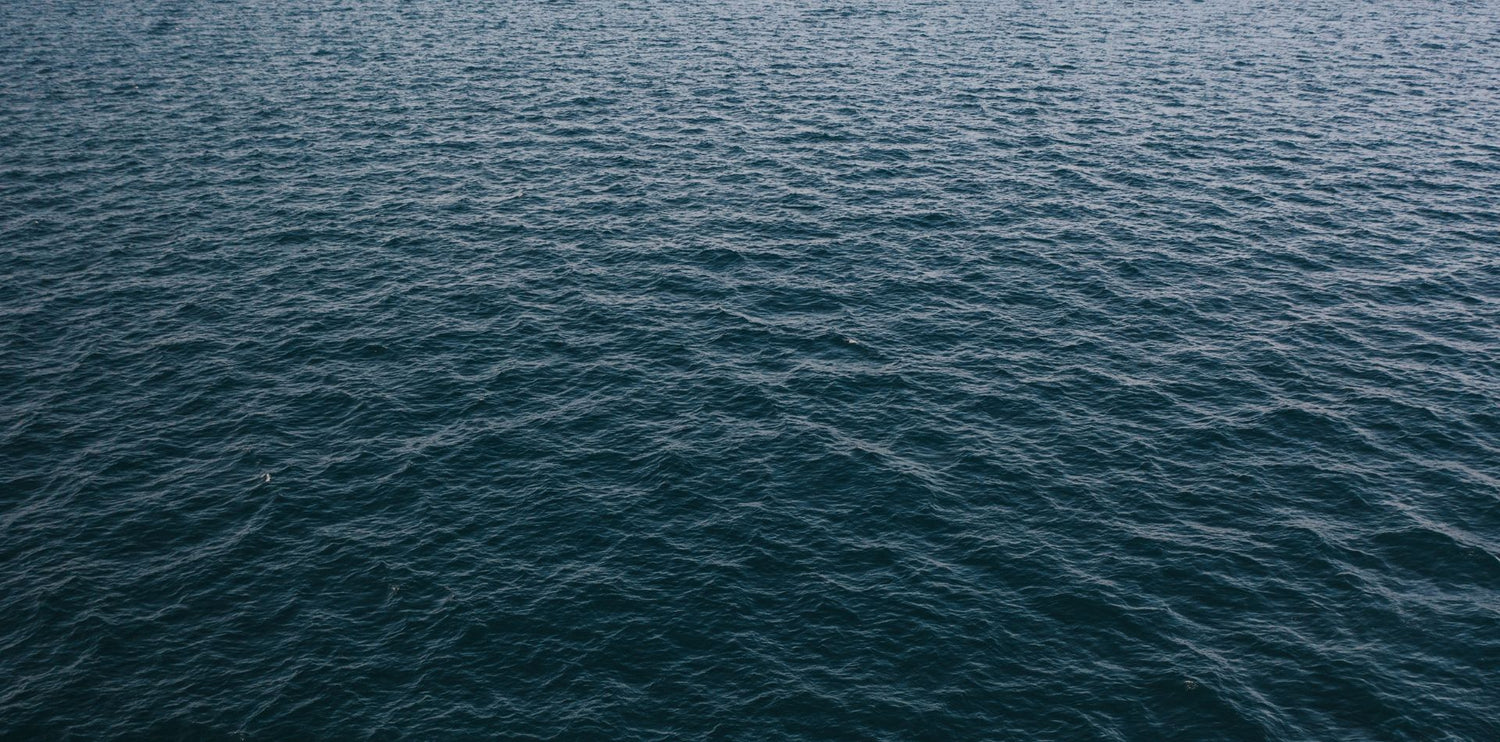PURPOSE
We can regenerate nature if we farm
and eat better.
and eat better.
Bivalves, as low-trophic species, are among the most sustainable sources of protein. Yet, traditional production methods suffer from inefficiencies, limited scale, and a focus on non-native species, thus hindering its potential to feed growing populations...
Oceano Fresco scales regenerative, science-based bivalve aquaculture. The approach enhances ocean health and boosts production of high-quality, low-impact seafood. We farm only native European species, and we are non-extractive. We pioneer clam farming in the open sea, with direct and indirect biodiversity benefits.
We cultivate two European native clam species (Venerupis corrugata and Ruditapes decussatus) and also the European flat oyster (Ostrea edulis), which unfortunately are currently all at severe risk of extinction.

SUSTAINABILITY
At their core, bivalves are unbeatable.

Non-extractive
farming.
farming.
With the hatchery, nursery and the open sea farm combination, we have control of the total life cycle from spawning, seed and up to adulthood phase. We can so cultivate in a continuous process, on a large scale and in a non-extractive approach, reintroducing millions of native European seeds every year.
An almost
perfect species.
perfect species.
Unlike many other species, cultivating bivalves does not require fresh water, artificial feed or antibiotics. In fact, bivalves feed exclusively on microalgae, and its production requires low use of utilities. As filter animals, they do not create significant waste and can even improve the quality of the water.
Net positive carbon
footprint.
footprint.
Bivalves sequester large amounts of carbon, which they incorporate into their shells. The more we farm, the bigger our net positive carbon footprint.
“Shelter” effect
in the open sea.
in the open sea.
Cultivating bivalves in an open sea farm has an indirect effect of creating habitat for other marine species. This allows us to create a positive impact on the biodiversity of marine flora and fauna that we are currently studying and monitoring.
Promote
biodiversity.
biodiversity.
By breeding and cultivating exclusively native and endangered European species, with its populations challenged due to the current overexploitation and overlapping of invasive species, we are promoting ocean health and contributing to marine biodiversity.

Healthy
protein source.
protein source.
Bivalves, and clams and flat oysters in particular, are naturally high in protein and nutrition – they are a great source of various minerals, vitamin B12 and Omega-3.
CHALLENGE
If nature has a challenge, nature has the solution.
In the next 30 years the demand for protein is predicted to double. But the fact is that today’s main protein sources are unsustainable...
Climate change, loss of biodiversity, antimicrobial resistance, water pollution and water use are some of the reasons that place nature in the face of this new challenge.
A diet with foods from the bottom of the food chain such as bivalves, like clams and oysters, is the most natural solution. Bivalves are probably the best animal protein, in stark contrast to beef, poultry or fish aquaculture.










